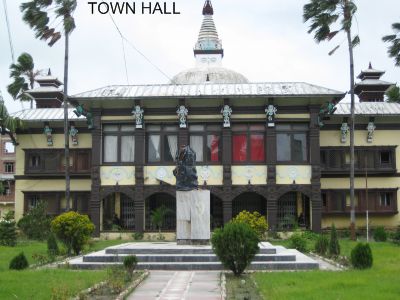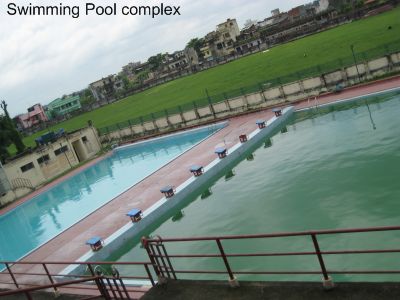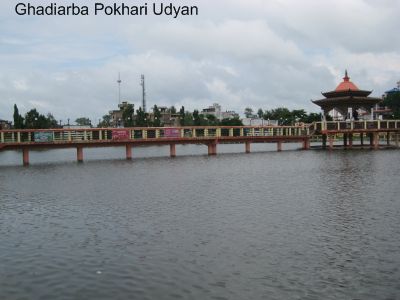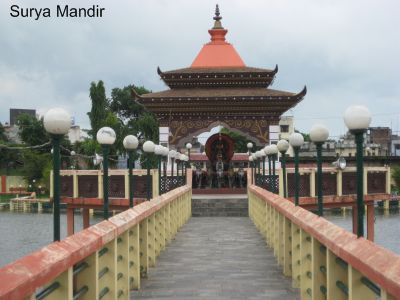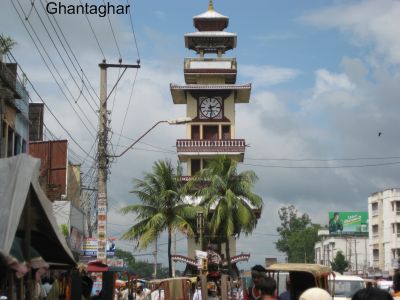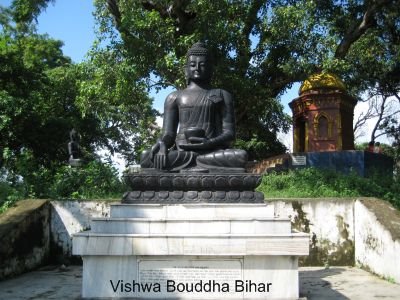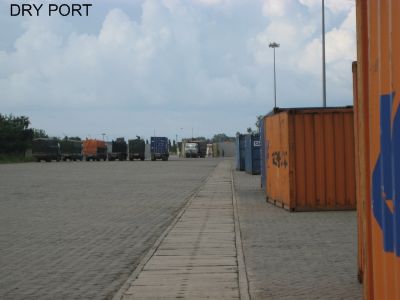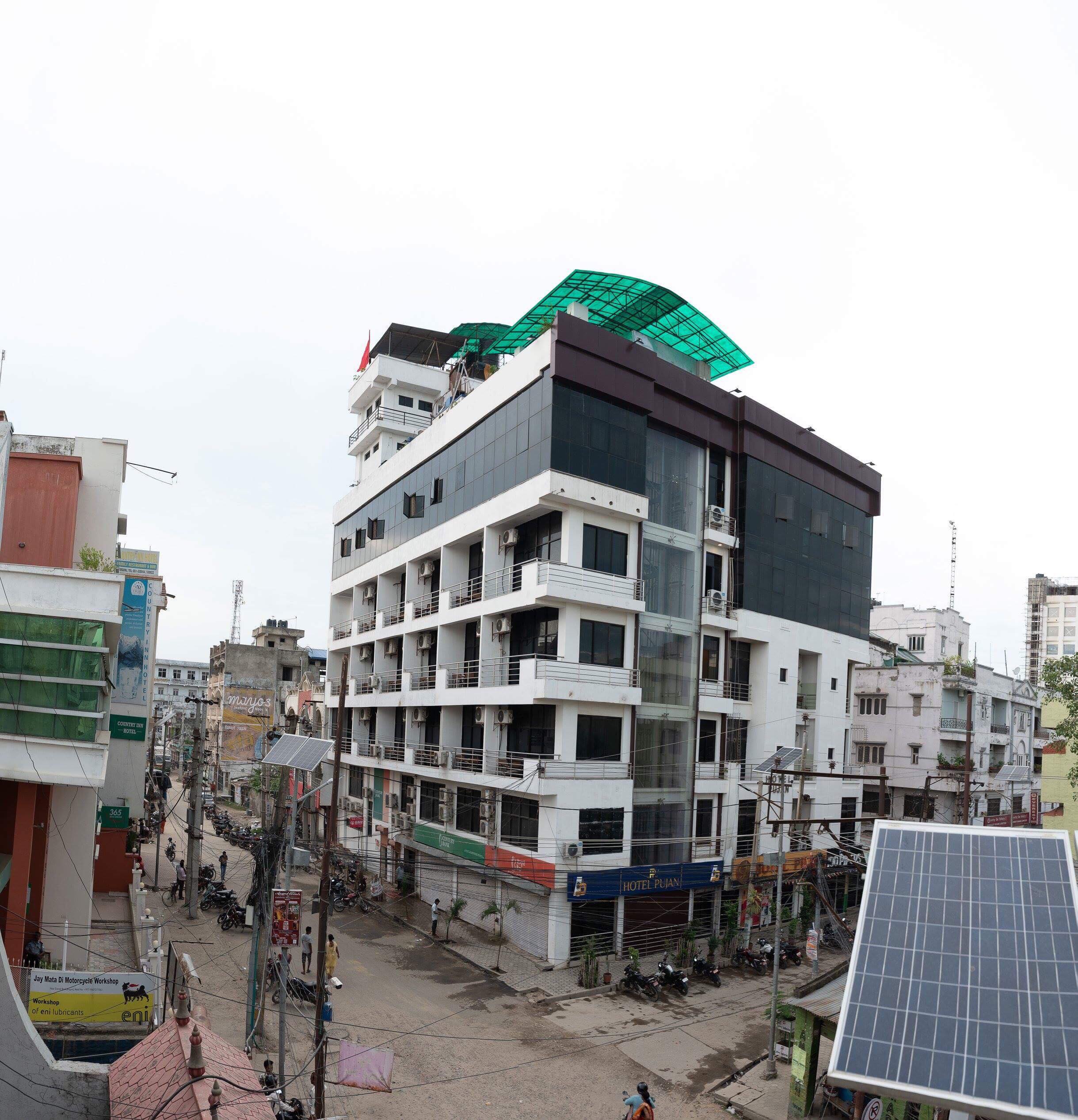About Birgunj
Birgunj, the second largest city in Nepal, is the hub of trading and commercial activities. The city has unique sightseeing experiences in store for the visitors. The humble folks and farmers provide the tourists a chance to acquaint themselves with the way of Terai (low altitude, flat land) life of Nepal. It is situated about 3 KM from the Indian northern border Raxaul. It is the main entry point to Nepal from India through road transport. Majority of all the foreign goods shipped to Nepal by sea go through Calcutta (Haldia Port) to Raxaul to Birgunj then reach to main cities like Kathmandu. Hence, Birgunj is an important land entry point for goods to Nepal. Take a look of the famous Shankaracharya gate which, literally, can be termed as Gate way of Nepal.



